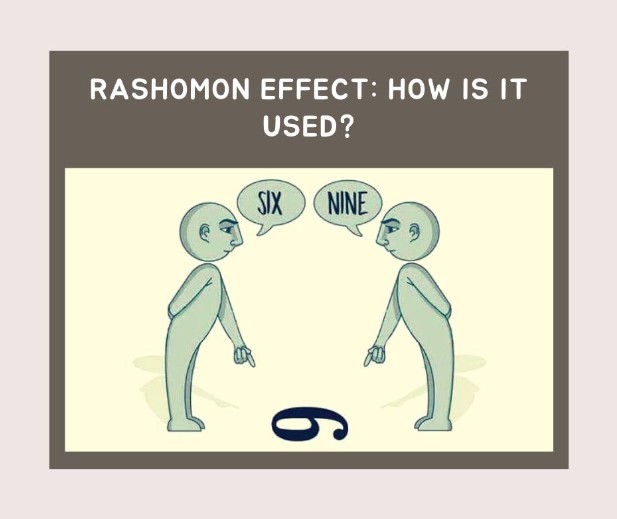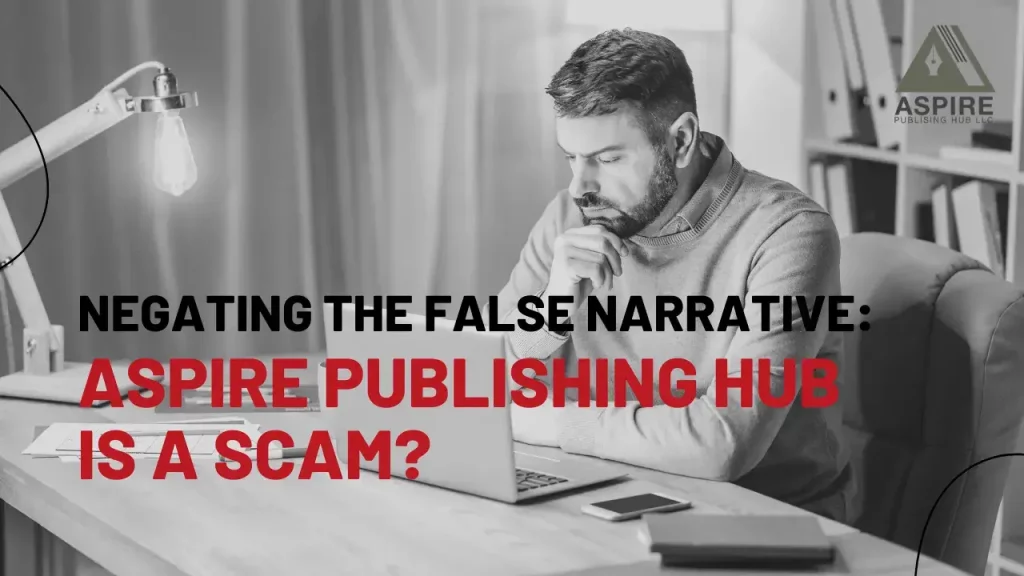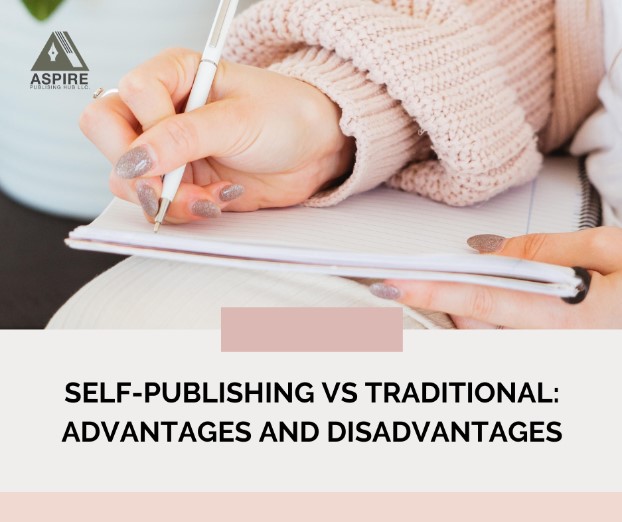Since its concepts and approaches altered how filmmakers approach the tale, Rashomon’s influence on cinema is impossible to define. For what modern purposes does one apply the Rashomon Effect?
Let’s analyze its purpose in storytelling and how screenwriters have used Rashomon’s techniques.
Conflict
A story relies in part on the main conflicts between the characters. In fiction, conflict is what moves the storyline along, sheds light on the protagonist, and keeps the reader interested. As the name Rashomon suggests, the effect is founded on conflicting accounts of the same occurrence. The story’s conflict may be fueled by the protagonist’s search for the truth through these reports.
Reservoir Dogs, one of Quentin Tarantino’s best flicks, uses the same Rashomon-style storytelling for conflict. A failed theft causes a group of criminals to turn on each other. Each person’s story of what went wrong during the robbery becomes suspect because of the constant talk of a rat in the group. In typical Tarantino flair, this causes friction and confrontation with tragic results.
Unreliable Narrator
An unreliable narrator may seem standard in modern films, yet in 1950, movies were shown with a more neutral perspective. In this way, viewers could see the characters just as the filmmakers had envisioned them.
Movies that showed events from more than one character’s point of view were novel. Kurosawa did not try to instruct the audience on how they should feel or what they should believe by having unreliable narrators in Rashomon. The audience was left to make up its own mind. Because of this, Rashomon was a fascinating read.
Many recent films present more than one point of view. Gone Girl, a film released in 2014, is a famous contemporary take on the Rashomon Effect that makes use of an unreliable narrator. In this suspenseful mystery, the protagonist’s wife has gone missing, and he is the prime suspect.
As the story progresses and we learn less and less to trust him, we are invested in learning the truth. The video essay below, from Lessons from a Screenplay, analyzes the Rashomon-style screenwriting approaches utilized in the Gone Girl screenplay.
Ambiguous Endings
Once we realize that nobody in Rashomon can be trusted, we are left with more questions than answers. In contrast to other films of the time, Rashomon’s conclusion is open-ended. Due to Kurosawa’s unorthodox choice, the film’s ending sparked much debate.
An unsatisfied or even frustrated audience is expected to result from a story with no clear ending. But the Rashomon Effect might have the opposite effect. It keeps people thinking about it after the end credits have rolled. It’s not deliberately vague to throw off the reader but rather to emphasize specific points and drive home broader ideas.
This is the key that unlocks the potential of an ambiguous ending.
The Rashomon Effect occurs when people’s stories of the same event differ significantly from one another while remaining internally consistent. It’s a description of a circumstance in which different witnesses to the same event give contradictory accounts, yet all of them appear reasonable.



